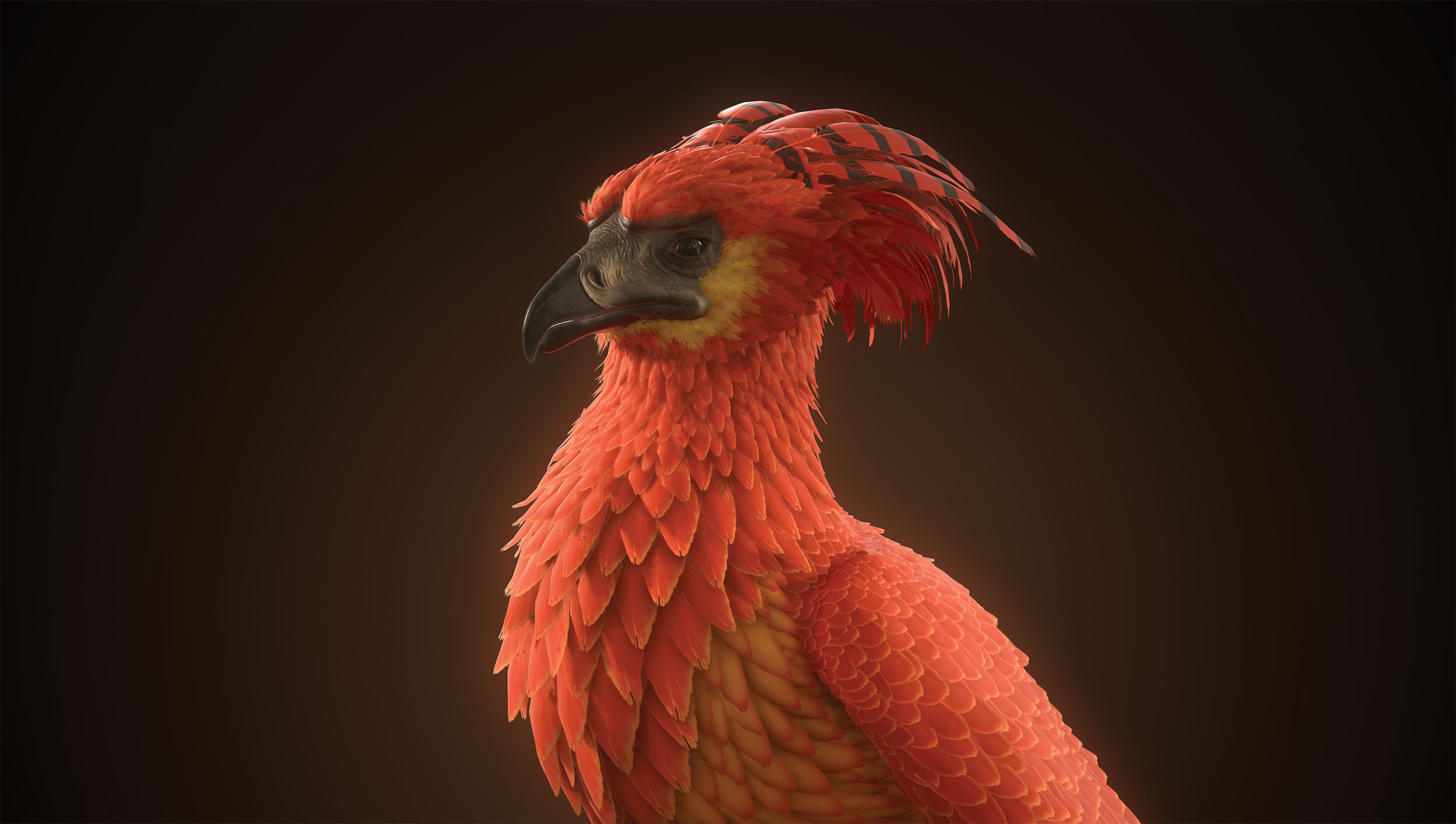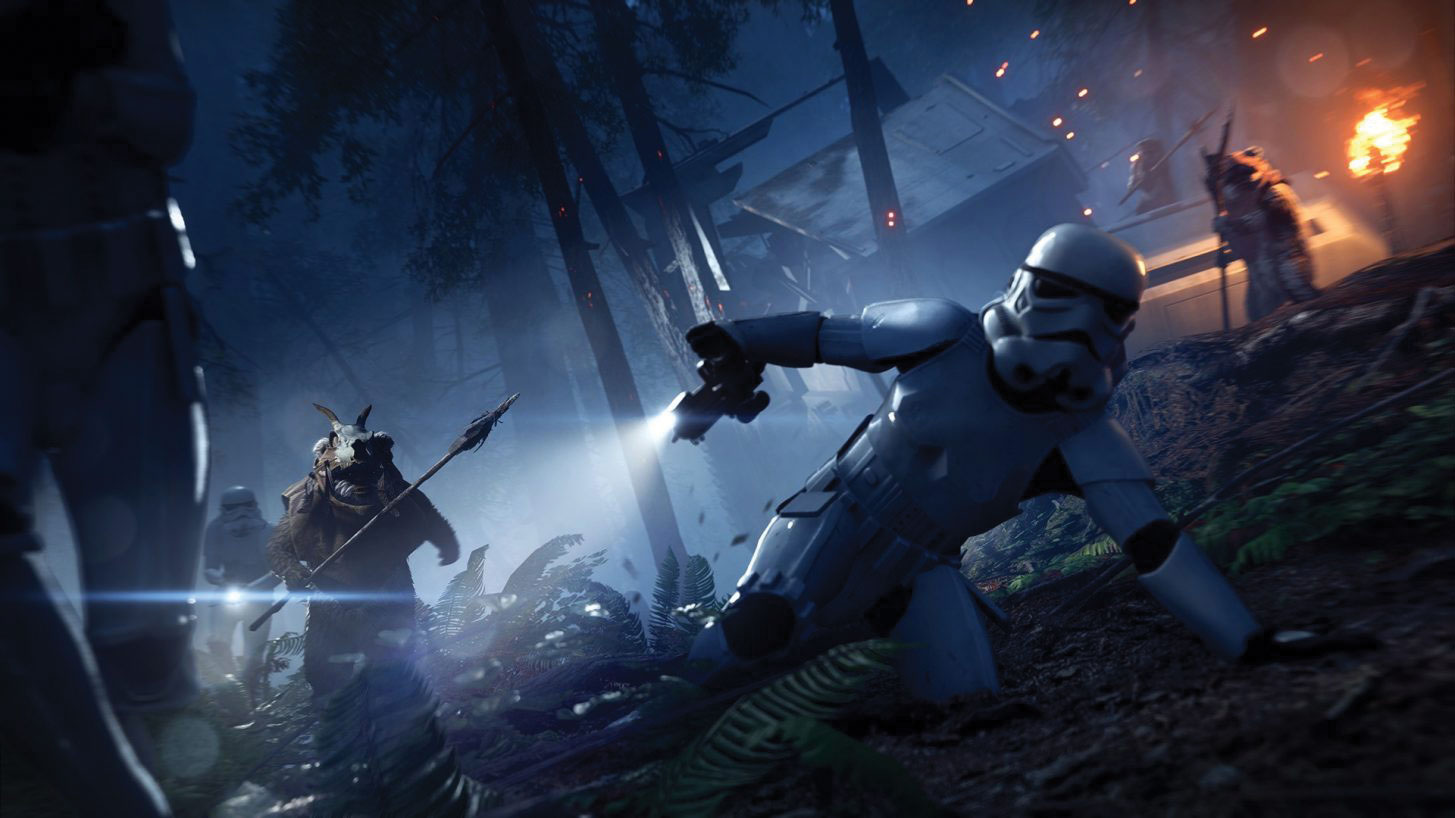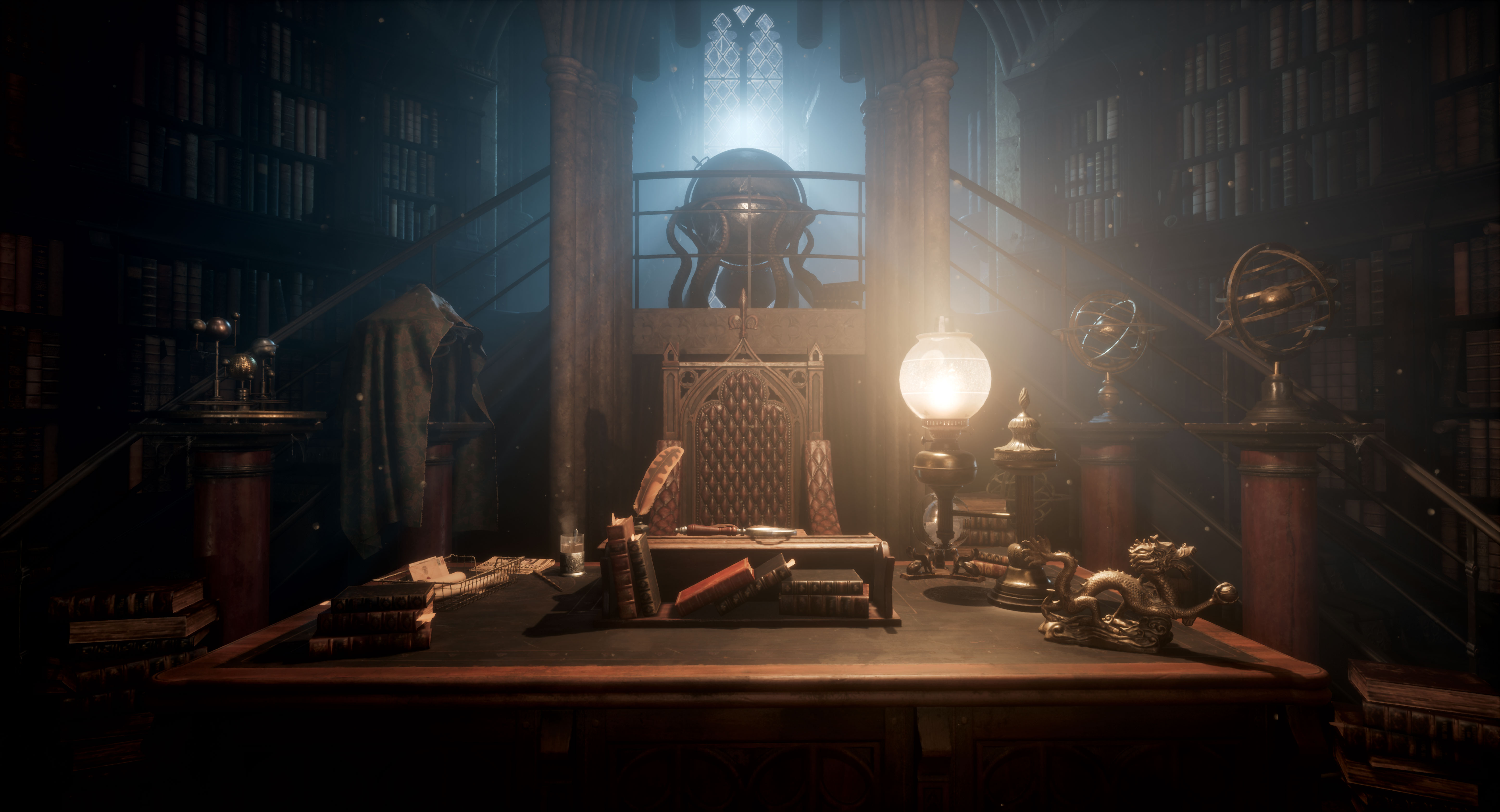Push start on your 3D video game career
Get your foot in the door with practical advice and industry insight.

The games industry is one of the most creative, diverse, exciting and sought-after industries for a digital artist specialising in 3d art to work in today. As a games artist, you can create stunning worlds, characters or props in styles ranging from the realistic to cartoony or anywhere in-between,” says Simon Fenton, head of games at Escape Studios, an industry-leading academy for visual effects and digital art.
He continues: “The UK games market in particular is enjoying record growth; UKIE recently announced that the market had grown by 12.4 per cent over the past year to a record-breaking £5.11bn, largely attributed to the delivery of ‘world-class content for an ever-expanding eager audience’. You have to be at a really high standard to make it in the games industry – you have to reach a very high bar.”
With those facts in mind, getting a start in the video game industry can often feel like an unbeatable level, a vicious cycle of disappointment. That’s why we have gathered producers, recruiters, artists and tutors to assemble the ultimate cheat sheet.

Each contributor will dispense wisdom and experience on every part of the process, from creating a CV to acing an interview. Follow this expert advice to take your video game career to the next level.
“It’s definitely a competitive landscape, there are a lot of people that are hungry to work in this industry,” says Declan Paul, producer at Airship Images. Since opening in 2009 Airship has worked on numerous AAA titles, including Star Wars Battlefront II, Forza Horizon 3 and The Division.
When beginning the search for a role in the video game industry, Paul states that it’s always best to look for roles at the studios that inspire you to work in the industry.
He adds: “Tailor your portfolio to these studios and be sure to research what they’ve worked on in the past as well as what direction they’re going in next. This is also helpful to do early in your art education, as it will provide you with a clear path to follow when making decisions on what type of art you should create for your portfolio, what style you should work in and what areas you should improve on to obtain that position.”
Daily design news, reviews, how-tos and more, as picked by the editors.

According to Paul, events such as conventions or presentations represent great opportunities to meet like-minded artists and grow a network of industry contacts.
He explains: “You will learn a lot about the industry at these events and have fun while doing so. Often there are opportunities to get your portfolio reviewed, talk to studio recruiters about the positions they’re hiring for and learn more about studio hiring processes. These opportunities are invaluable so be sure to take advantage of them when you can.”
For those that can’t reach such events, social media and online competitions represent an ideal opportunity to connect with the community whilst showcasing your abilities. Artists can provide feedback and encouragement to each other from halfway around the world. The best art will often attract the attention of established studios in their search for the freshest talent.
Tailor your portfolio so that it is exciting and relevant to each developer
Simon Fenton
Unanimous among our contributors is the assertion that every application you make should be tailored specifically to the studio in question. As such any application should demonstrate that you have done your research on the studio and their work, past and present. The application is an opportunity to sell yourself to potential employers and showcase exactly what you’re capable of.
Despite the numerous roles for artists in the industry, advice for crafting a stand-out application is fairly universal. “Focus on quality and not quantity in terms of the projects you include in your portfolio,” says Ognyan Zahariev, who successfully landed a job as lighting artist at Ubisoft Sofia, where he’s been rising through the ranks for five years.

He continues: “Have a well-organised portfolio with breakdowns of your work. Only include work that you are really proud of. The recruiters and artists going through your work will only be looking for quality and not the number of projects.”
"First and foremost is a strong portfolio with no fillers or weak work. Try to tailor your portfolio so that it is exciting and relevant to that developer," adds Fenton. "For example, highly stylised work might not appeal to a developer that makes realistic driving games."
"It’s not just strong work that sets you apart – showing your prospective employer that you understand their business means you are switched on and thinking professionally. Research how the company operates, its past games and any interviews that they have given. Mention past papers they may have published and check their blogs. Talking about why you like their art and backing it up by mentioning specific techniques, people or processes demonstrates an inquisitive, driven approach."
For freelance character artist Sven Juhlin, who got his start in the industry working for EA DICE, it’s crucial to showcase some originality in any portfolio.
For example: “Don’t do a version of the Hulk if it’s not a really impressive version. There are already so many versions of him out there and it’s so hard to stand out from the crowd. Create your own character with an original backstory and try to make something that feels fresh and new.”
Level two: the interview
If your application piques the interest of potential employers, you may well be contacted for an interview. This part of the job-hunting process is often the most nerve-wracking for any applicant, in any industry. However, there are some sound pieces of advice that can prevent the experience from becoming the stuff of nightmares.
According to Fenton, it all comes down to the basic, and yet easy to get wrong, interview essentials. “Make sure you know where you are going and turn up ten minutes early, dressed smartly. My personal tip is to stay away from coffee as this can make you agitated. Always answer questions honestly; it’s a small industry and you will get found out if you’re anything less than truthful.”
He continues: “Research the company and their history so you can ask them questions regarding the future direction and how you might progress. Try to practise, perhaps get friends to ask you challenging questions. I have often asked potential candidates why they chose to do something in a particular way and if I hear ‘I don’t know’, that’s not a very interesting answer.”

As Paul points out, rejection is a natural part of any job-hunting process – the trick is to turn it into something positive and not to let it prevent you from moving forward.
“The primary thing to keep in mind when receiving rejection letters or emails is that it’s a ‘not now’ rather than a ‘not ever’. Use these rejections to motivate yourself to do better and apply again once you’ve updated and improved your portfolio. This cannot be done in a couple of weeks, so make sure you substantially update your portfolio before reapplying if you want to be properly considered for the role.”
Use rejections to motivate yourself to do better and apply again
Simon Fenton
He adds: “It’s also worth following up on your rejection emails and asking for feedback on your portfolio. You may not hear back but it’s worth the effort on the off-chance you do, as this could provide you with an insight of what you need to improve to get to where you want to be.”
As Fenton points out, “there are no shortcuts to success.” The bar may be high for a career in the games industry, but as each of our contributors will attest, it is not unreachable if you are willing to put in the necessary time and effort. So what are you waiting for? Take note of everything you’ve learned in this feature and get ready to enter career mode.
This article originally appeared in issue 236 of 3D World, the world's leading magazine for 3D artists. Buy issue 236 or subscribe here.
Related articles:

Brad Thorne was Creative Bloq's Ecommerce Writer, and now works for a PR company specialising in 3D and VFX, Liaison. He previously worked as Features Writer for 3D World and 3D Artist magazines, and has written about everything from 3D modelling to concept art, archviz to engineering, and VR to VFX. For Creative Bloq, his role involved being responsible for creating content around the most cutting-edge technology (think the metaverse and the world of VR) and keeping a keen eye on prices and stock of all the best creative kit.
